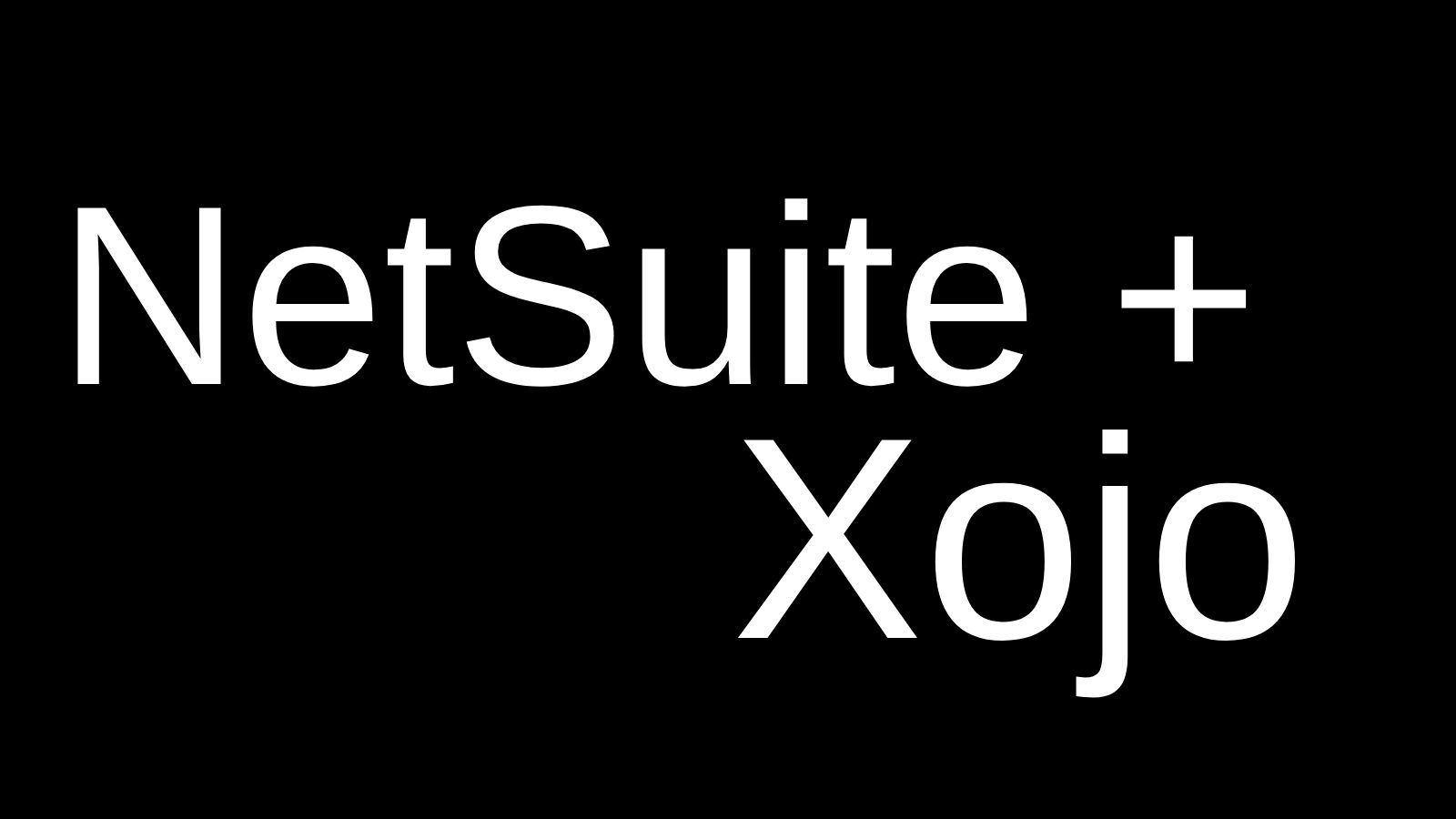Many people around the world are celebrating the holidays by giving gifts, which means more and more people are organizing Secret Santa events. In November of 2018, Jérémie Leroy had the idea of making a Secret Santa iOS app. 3 years, 32 languages and 6.5 millions downloads later, Jérémie incorporated Xojo Web to improve his highly successful Xojo iOS app. Secret Santa is a prime example of what is possible and how you can leverage your Xojo skills to expand to other platforms when you need to.
Comments closedTag: Development
Would you like to automate the build processes of Xojo built applications with GitHub Actions? With no user interaction the whole process can be performed:…
Comments closedFor Xojo 2022r3, the team worked on a wide variety of things for the Bug Bash. Two notable areas that I worked on were the Code Editor and the updates to the Syntax Help Area and I thought you might like to hear a bit about them.
Comments closedXojo’s implementation of OpenGL maps directly to the OpenGL API. This means you can often use OpenGL tutorials on the internet with Xojo with almost…
Comments closedTim has found that many NetSuite users want to create custom applications that interact with their data in NetSuite and Xojo is truly ideal for this. Some NetSuite users contract this work out to developers like Tim while others are interested in creating apps themselves. During the webinar, Tim and I demonstrated Xojo to NetSuite users while also demonstrating NetSuite to Xojo users who may be interested in incorporating it into their organizations or providing development services to NetSuite users.
Comments closedThe annotations feature on PDFDocument has been significantly extended in the release of Xojo 2022r2. Continue reading to learn about the new annotation types. Currently,…
Comments closedWe love hearing from Xojo users when they want to share what they’re working on! One project that was just shared with me was from Tim Dietrich, a Xojo user who has spoken at our user conferences. Late last year Tim shared that he was working on a project that could get Xojo in front of a new audience. Yesterday he released SuiteTransmit. About the project and development process, Tim commented: I was impressed by how easy Xojo made it to get the app working on both platforms.
Comments closedThe DrawText method from the Graphics class offers a simple way to left-align text at the given X and Y coordinates, even applying a wrap value to wrap every line of the text block at the provided width value. Wouldn’t it be great to be able to do the same thing while aligning blocks of text to the right and center? Continue reading and I will show you a technique you can use as the starting point which you can fine-tune to your specific needs.
Comments closedSometimes you want to display a message on your mobile screen, but also want it to disappear after a short period of time. A great way to do that is to use the MobilePopupMessage class.
Comments closed


